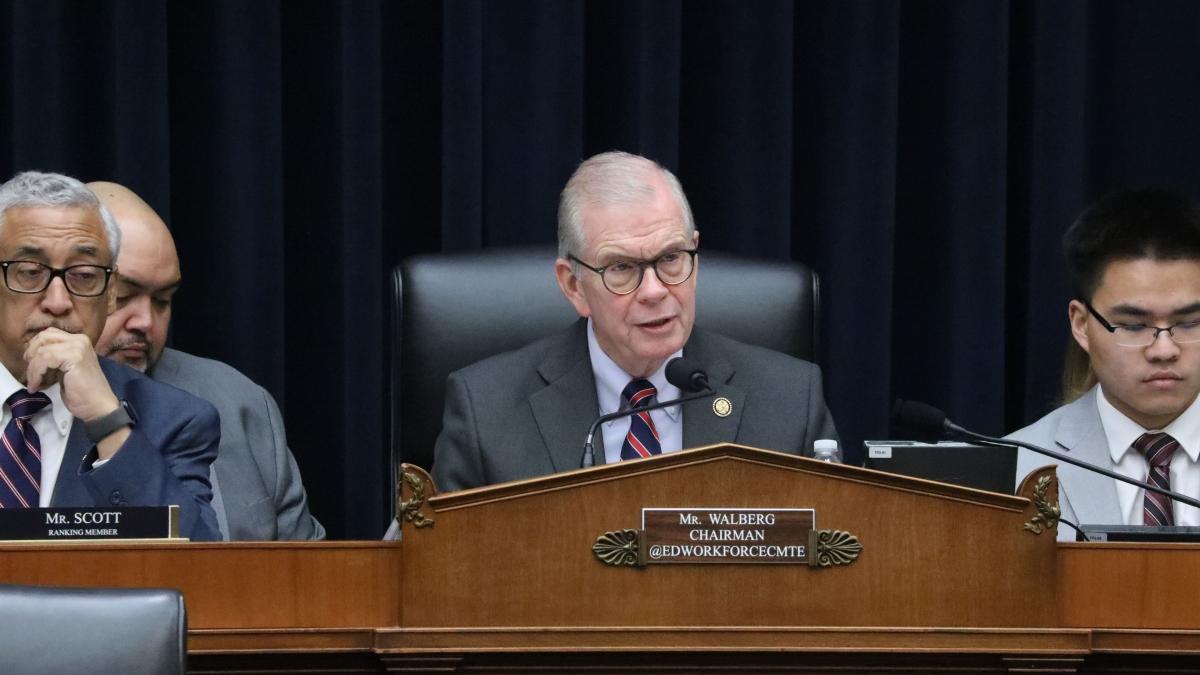AEI: The NCAA Wants an Antitrust Exemption. Should They Get One?

In early February, Tim Walberg, incoming chairman of the House Committee on Education and the Workforce, asked GAO to investigate college sports. He noted, “In 2022, the median revenue generated … for Division I college athletics was $8.4 million while the median total expenses were $30.3 million.” A $20 million difference does raise serious questions about how universities are spending their money.
Of course, these questions quickly land you in the thicket of challenges that make college sports a political flash point. At the center is the NCAA, which has been reeling from recent changes driven by antitrust suits.
The first big change was NIL. Following a 2021 loss at the Supreme Court, the NCAA began allowing student-athletes to monetize use of their name, image, and likeness (NIL). That’s how 19-year-old Jeremiah Smith, Ohio State’s wide receiver, accumulated a value of $4 million this year. Some of that comes from brand deals, but much of it comes from “donor collectives,” in which donors pool funds and find creative ways to give them to student-athletes. A University of Iowa donor pool recruited a quarterback by promising “a job delivering meals to seniors and visiting children in hospitals.” It pays $600 an hour.
And now there’s the likelihood of revenue sharing. Last year, the NCAA agreed to the House settlement to end a class-action antitrust suit. If the settlement is approved, participating schools will pay student-athletes a portion of athletic revenue directly. Each Power 4 school would share about $20 million with student-athletes next school year, about a fifth of annual sports revenue.
These developments, all driven by big money, have changed college sports dramatically. This matters not only for sports fans, but also to people concerned with the character and culture of American universities. The money driving these change will continue to roll in, and so will the rapid pace of change and the questions it raises.
How can colleges balance fiscal responsibility with student-athletes’ rights? For years, many colleges have spent more on athletics than they took in, prompting complaints that “It’s time to stop saddling students with the out-of-control costs of Division I sports.” Revenue sharing could cause that deficit to grow. On the other hand, the median salary of a Power 4 football coach last year was $6.4 million, dwarfing the median NIL earnings for the entire roster of athletes. The mean earnings are more comparable, with 1 coach compared to 140 players. If school budgets can fund high coaches’ salaries, should student-athletes be kicked to the curb?